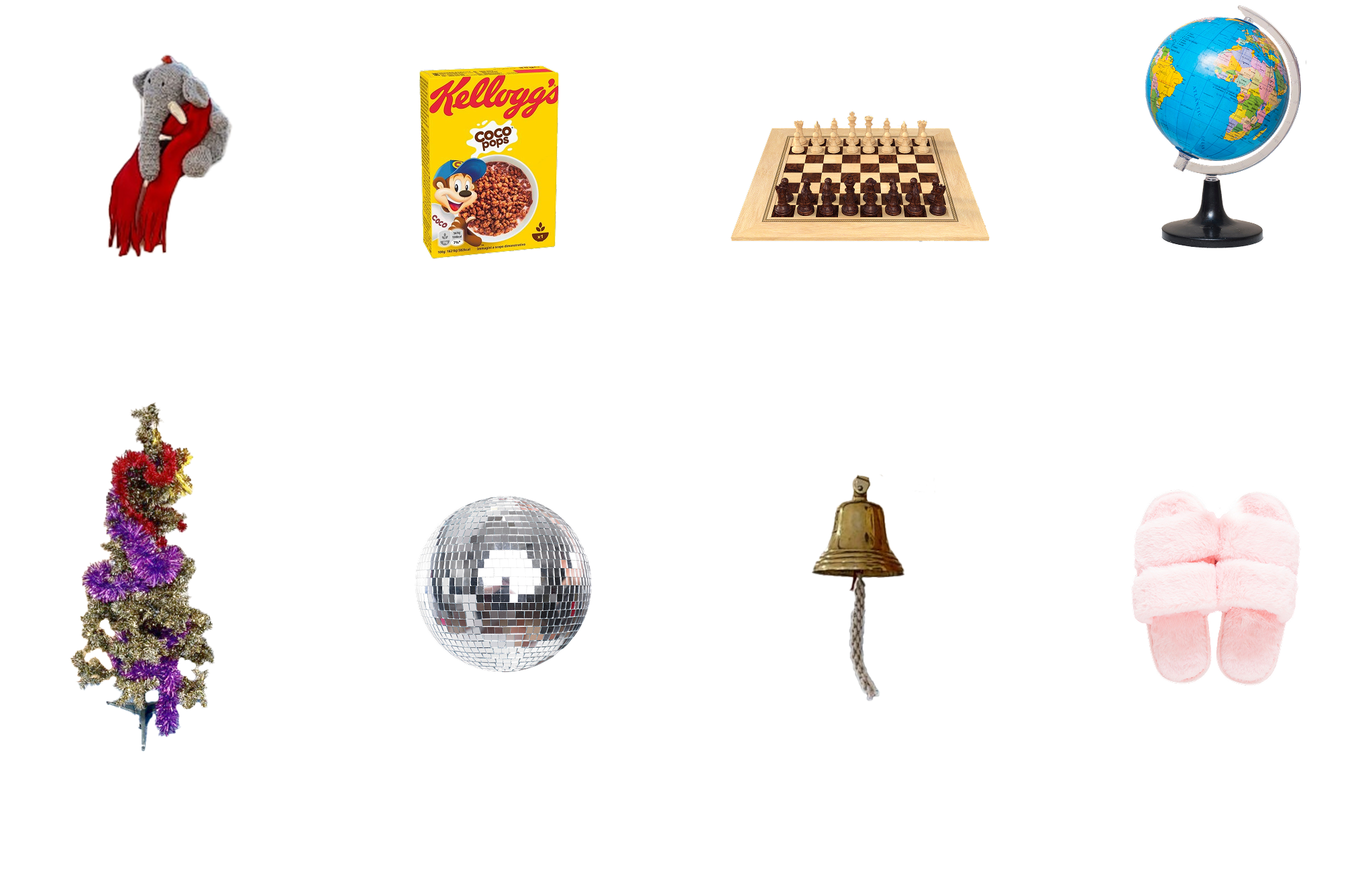Entry 4 Day 21 22 October Altitude: 0 ft Distance: 13,738 km Speed: 0 knots/hr
Animals of Rothera

We landed at Rothera Research Station a week ago, and are starting to acclimatise to the freezing temperatures and an Antarctic routine!
There’s a lot to catch up on – and this week is jam-packed. We’ll meet local wildlife, explore diving under the ice and learn how seafloor animals adapt to the cold. We’ll take a boat trip around the local area and get a sneak peek inside the new Discovery Building.
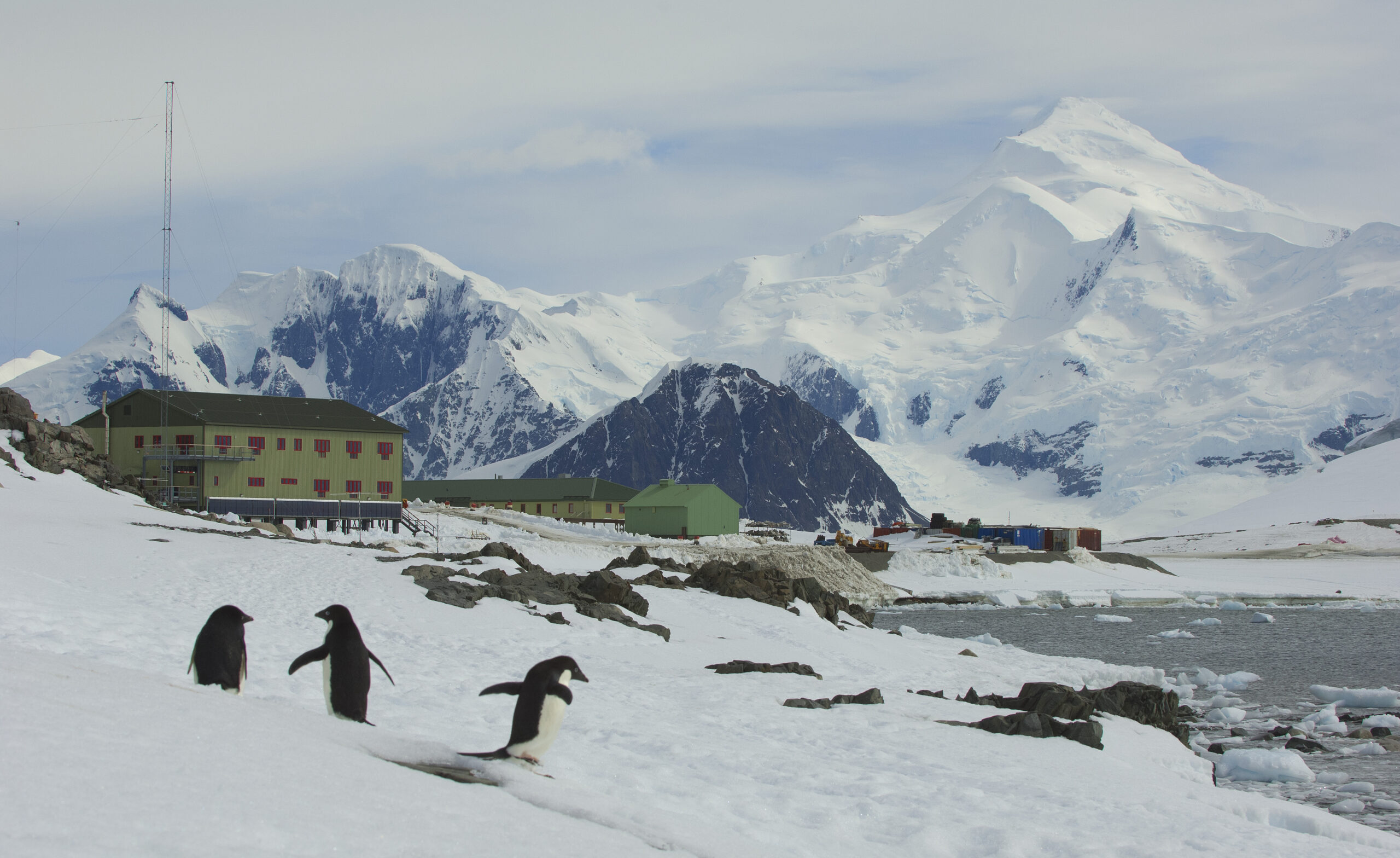
Some friendly neighbourhood penguins around Rothera
Your names are in Antarctica
But first, it’s the moment we’ve all been waiting for: your names are in Antarctica. Here is Eli, with the very special memory stick holding all of your names! We’ll be keeping this safe for now, before the team take it into the deep field in the next few weeks…
Eli has your names!
It’s Jeremie and Tom’s first time at Rothera Research Station as well. After their epic ferry flight down from Canada, they are finding their feet on station. They share their thoughts on life in Antarctica so far…
What do Jeremie and Tom think of Rothera?
The wonderful wildlife of Rothera
Rothera Research Station is located on Adelaide Island, to the west of the Antarctic Peninsula. Its coastal location makes it the perfect location to study and watch some of the wonderful wildlife found in the Southern Ocean.
A Weddell seal and a blue-eyed shag
 Richard Burt
Richard Burt 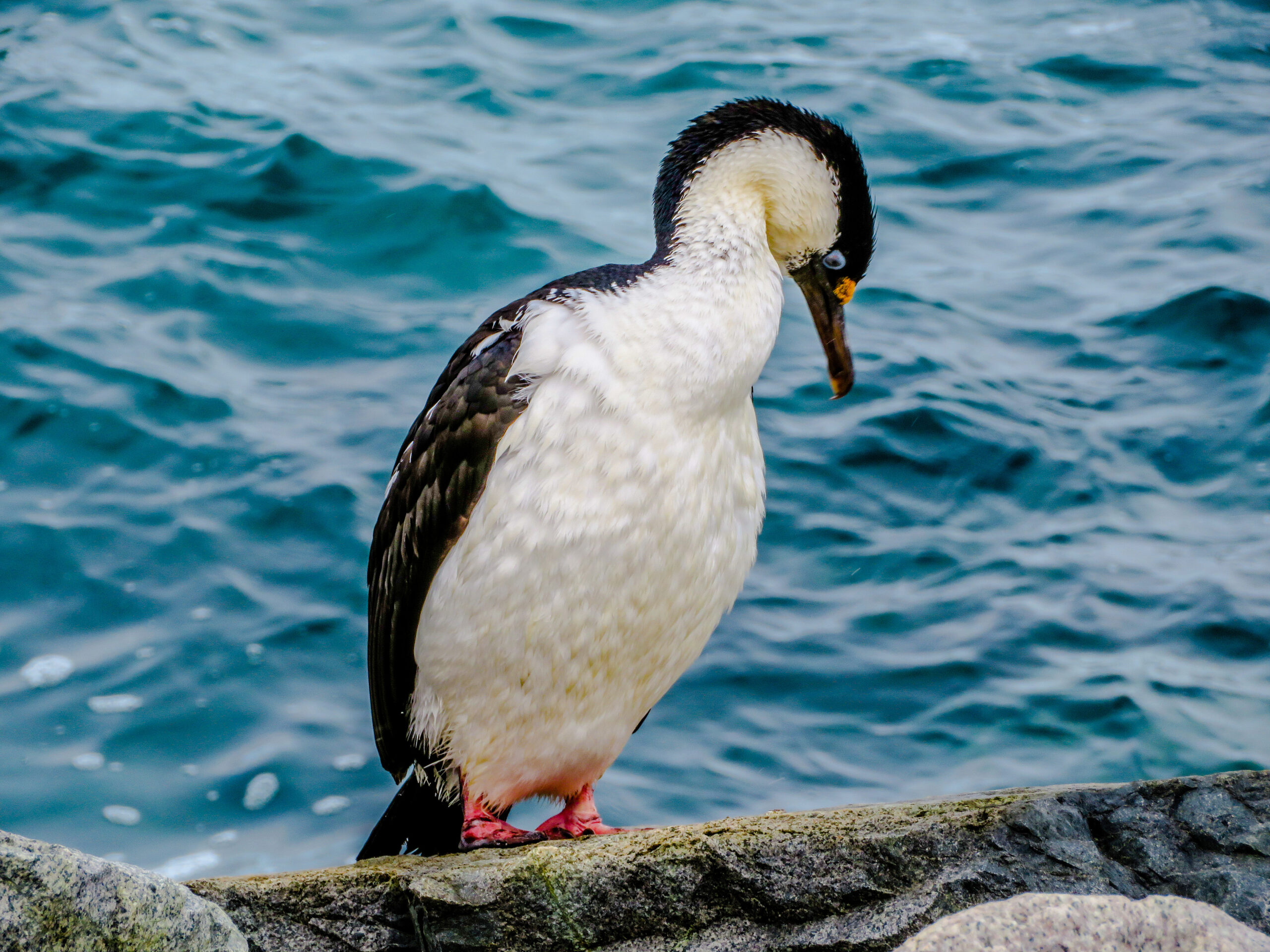 Steve Gibbs
Steve Gibbs 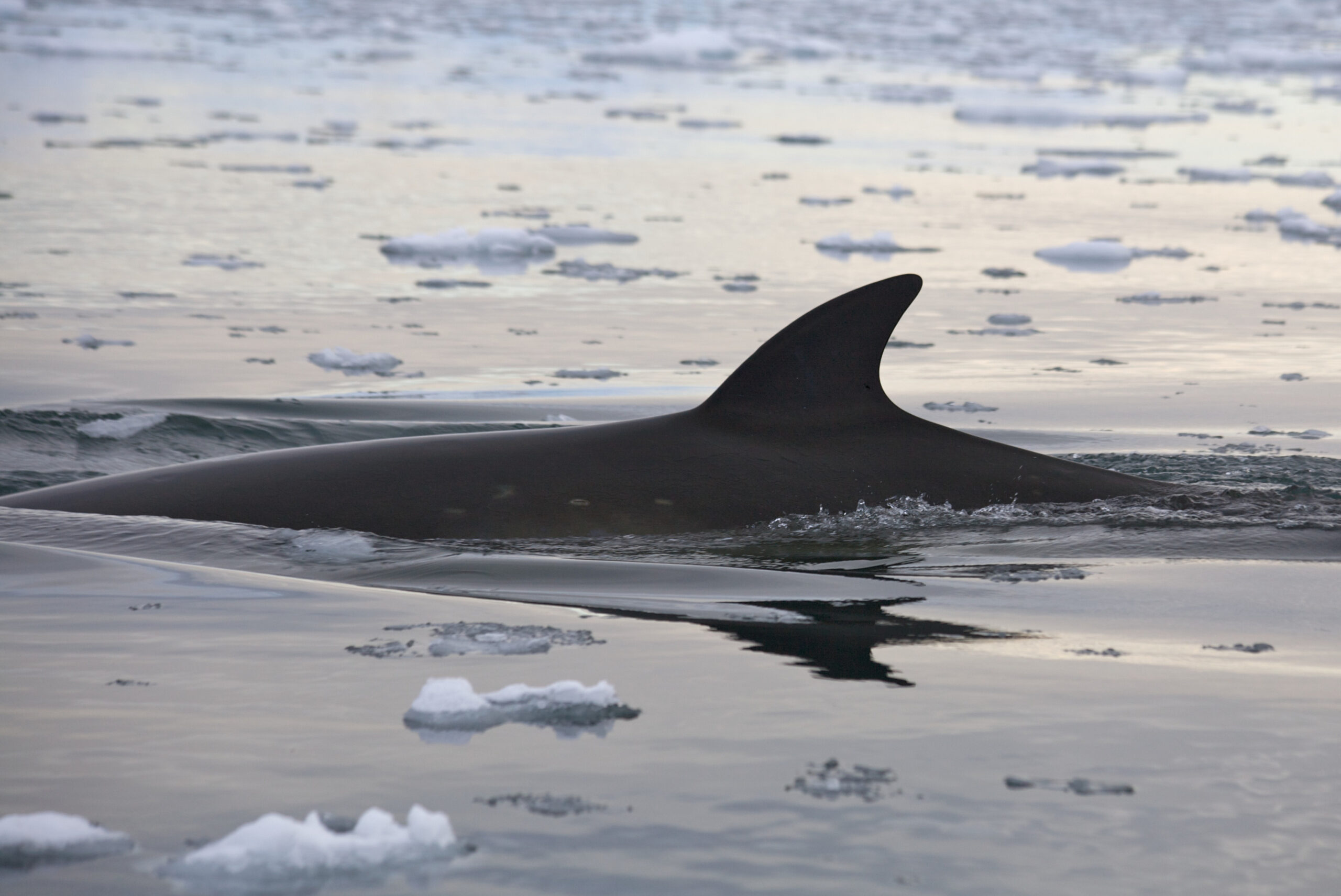 Michael Shortt
Michael Shortt 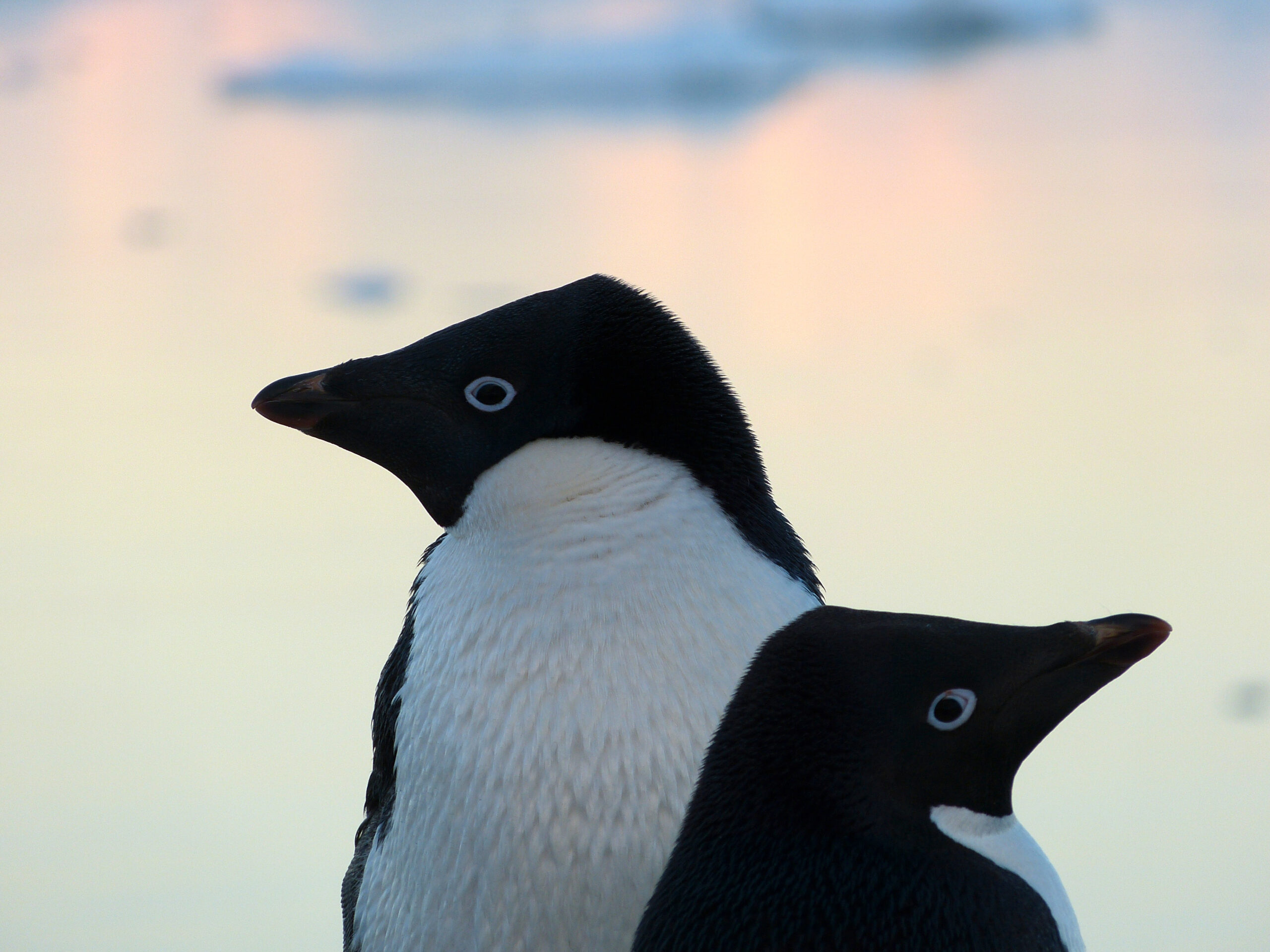 Michael Meredith
Michael Meredith A minke whale and gentoo penguins
We’re lucky enough to spot seals, penguins and even whales from the research station, as well as birds like skuas and petrels.
The main bay at Rothera – called Ryder Bay – is visited by minke and humpback whales, and the next bay over is home to a family of orcas!
Experience penguin ballet!
Let’s dive in
Rothera is a hub for marine biology, and lots of researchers visit the station to study the creatures living on the seafloor.
These creatures might be less well-known than their charismatic friends, but they’re incredibly important in helping us to understand how the Southern Ocean is changing as our climate warms.
 Steve Gibbs
Steve Gibbs 
 John Withers
John Withers To study these creatures, marine biologists and divers need to head into the icy-cold ocean which can be as cold as -1.8ºC. They do this all year – and when the ocean is frozen over, they cut holes in the sea ice to dive through!
Dives can involve doing surveys, setting up experiments or collecting samples. A 20-minute dive can involve hours of preparation to make sure everyone stays safe.

Want to find out more about diving in Antarctica?
Listen to this episode of Iceworld, featuring Field Dive Officers Jack Gordon and Mike Lindsell.
Take an island tour
Ollie Tucker is a Boating Officer at Rothera Research Station. His job encompasses anything to do with using and maintaining our fleet of boats. He helps the scientists collect data about the ocean, supports diving, transfers people to and from local islands, and provides search and rescue support in the unlikely event of an emergency.
It takes a lot of skill to pilot boats in Antarctica. There are icebergs and sea ice to navigate, and the weather can change in an instant.
Check out this video to experience a trip around Rothera’s local islands. You can follow Ollie’s adventures on his Instagram page.
watch video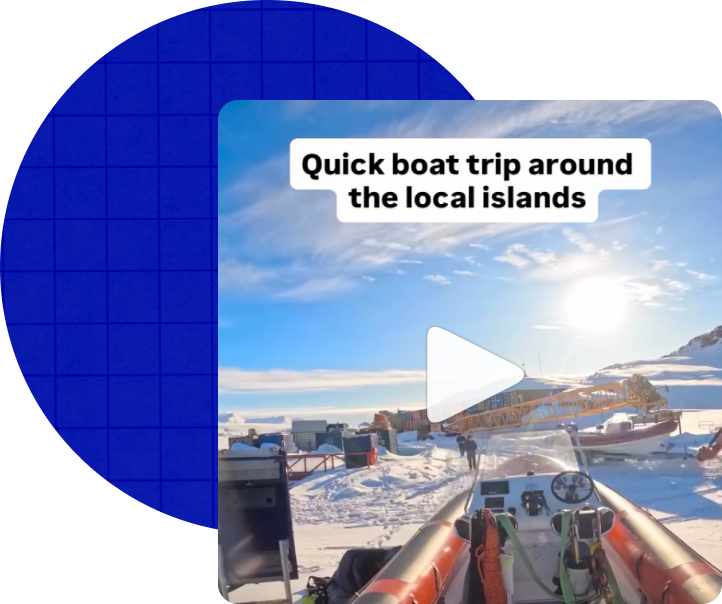
Animal adaptions
Surviving in the frigid Southern Ocean is no mean feat, and lots of the animals living there have weird and wonderful ways of surviving.
For example, the aptly-named icefish has no red blood cells – that means its blood is clear and its heart is white, not red! Without red blood cells, its blood is less viscous, or thick and sticky, so it’s easier to circulate in the cold.
The icefish, along with several other types of fish (called notothenioids), have antifreeze proteins which stop their bodies from freezing. These proteins attach to ice crystals that form, and stop them growing big enough to damage their internal organs!
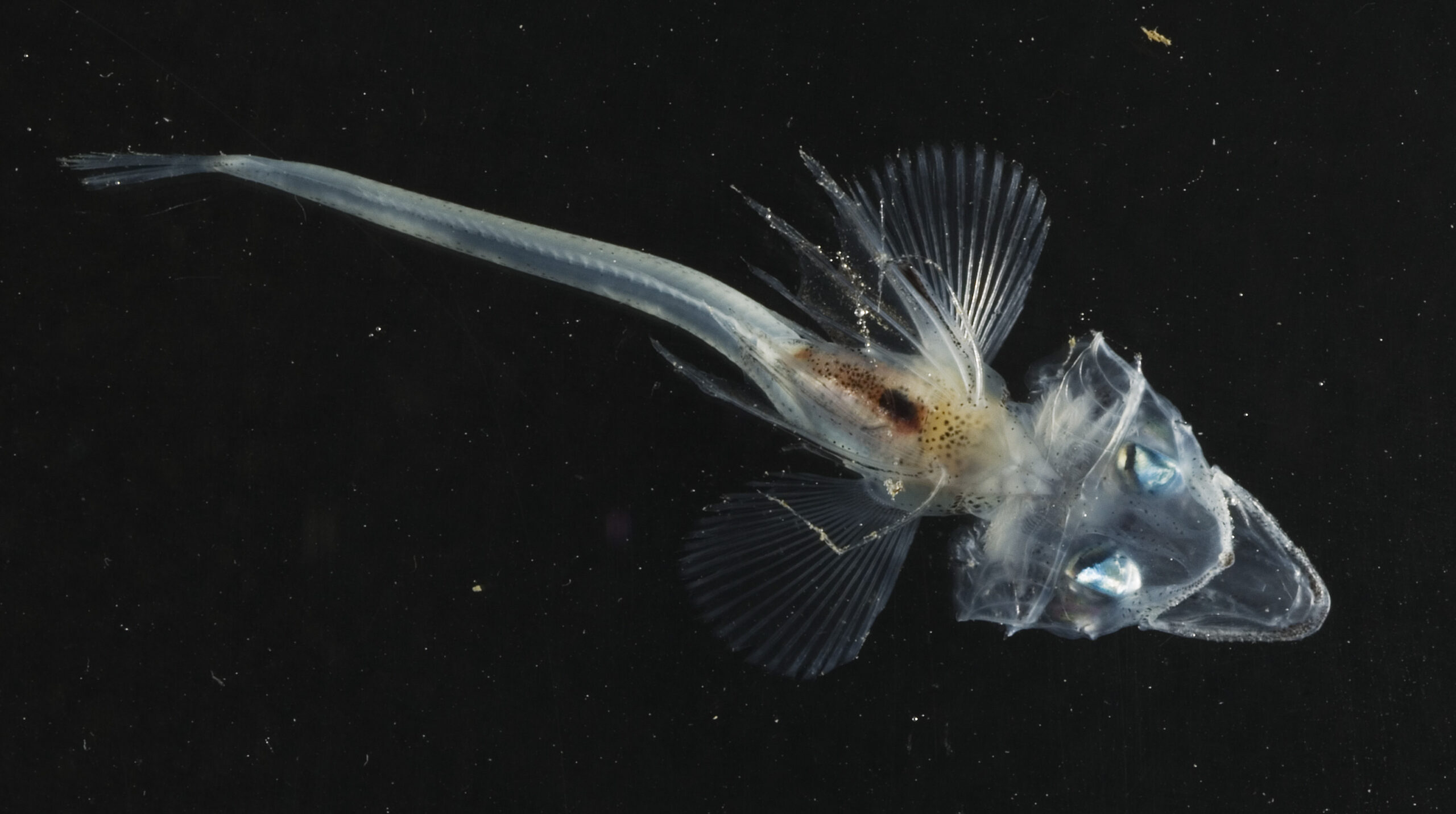 Pete Bucktrout
Pete Bucktrout Another cool thing about Antarctic sea creatures is that they’re much bigger than their counterparts in warmer areas. There are spiders the size of dinner plates (eek!) and sponges big enough to put your head inside! This phenomenon of supersized animals is called polar gigantism.
 John Withers
John Withers Meet Professor Melody Clark – she studies all of the cool ways Antarctic sea creatures are adapted for the cold…
Meet Professor Melody Clark
Introducing the Discovery Building
Over the past six years, we’ve been busy building a clever new building called the Discovery Building. But, it’s more than just a building. It’s the beating heart of Rothera!
It’s been built to support our important work in Antarctica – not only our incredible polar science but all the people you need to successfully run a research station. Before Discovery was built, we used lots of older buildings, some of which are almost 50 years old.
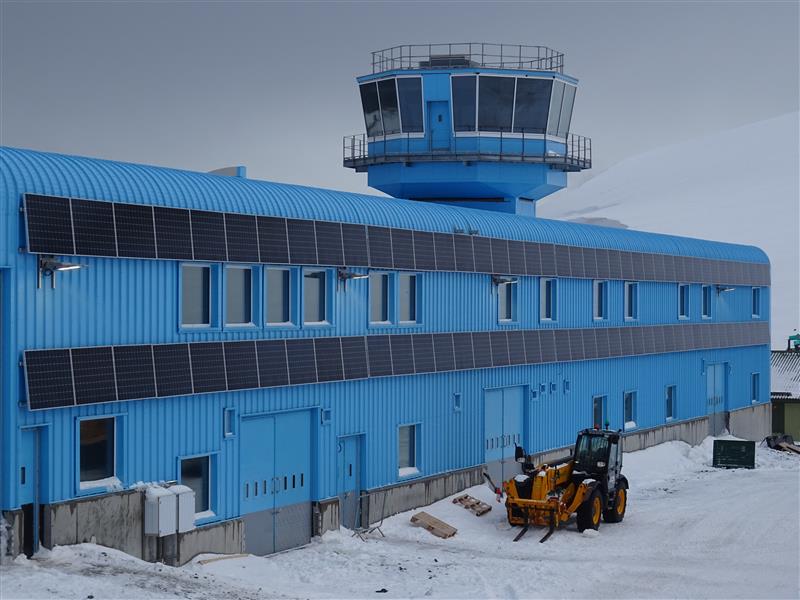 The Discovery Building
The Discovery Building 
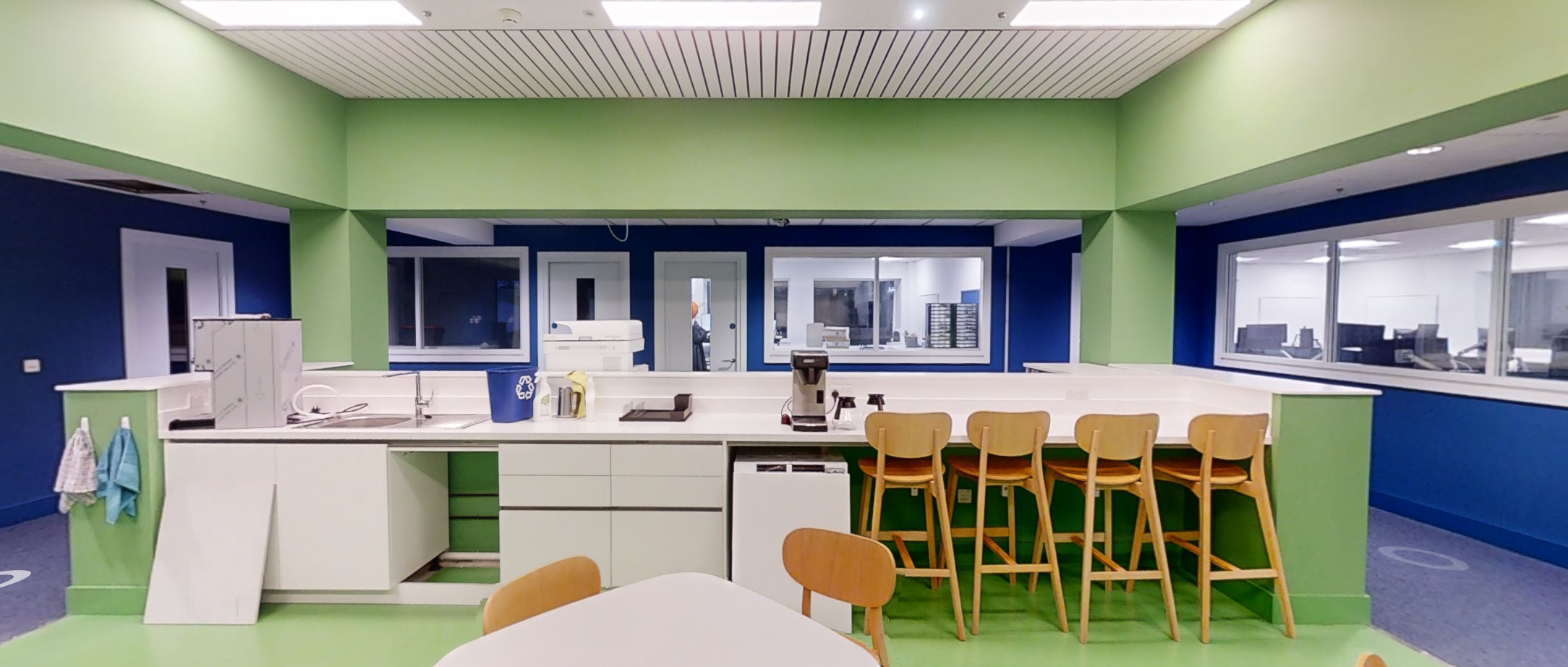
Let’s take a look at some of the cool features of this big blue building:
- The Discovery Building is blue. This colour was chosen specially for the tones and hues of the Antarctic landscape.
- It has a 6m tall climbing wall with a special training platform for field guides to show people how to deal with the tough landscape outdoors!
- You can’t leave the station to go to a shop, café or cinema so we have lots of rooms for hobbies. There’s a music room and a craft room for people to learn new skills.
- The walls and stairways inside are painted in bright colours to help the people inside cope with the cold, snowy, windy weather outside.
- The wind deflector stops snow from piling up around the building. There’s a LOT of snow in Antarctica and it can take almost a month to clear the snow away, with some drifts 7m deep!
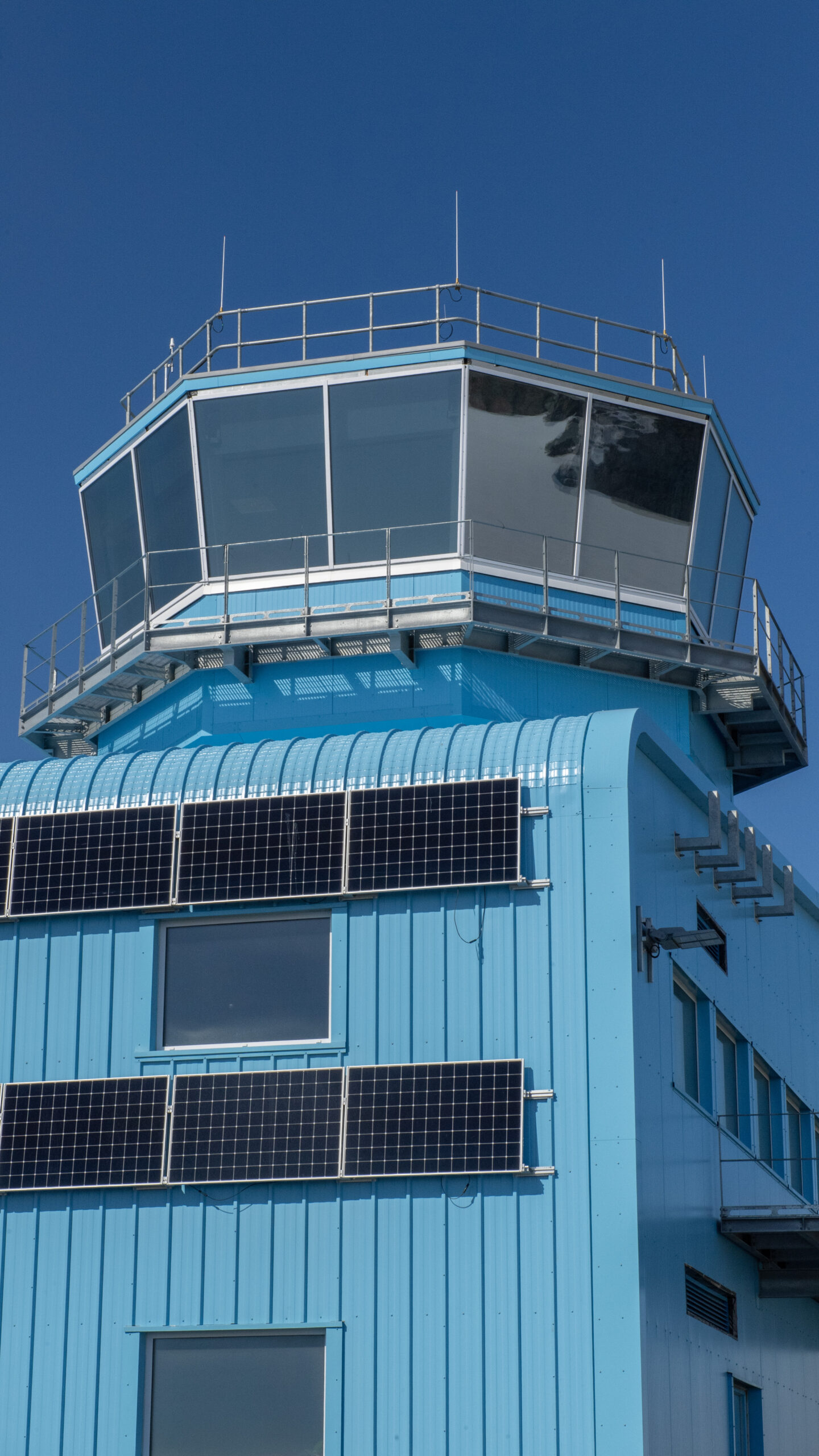
The operations tower
How did we build a large blue building in Antarctica?
We ‘build it before we build it’, using a computer model and building some parts in the UK. We see if they can all fit together first before we send them to Antarctica. There are no shops at Rothera or anywhere in Antarctica, so we can’t pop out to get an extra screw or pot of paint if we run out – everything has to be very carefully planned in advance.
Treasure hunt
Do you want to explore our largest research station and visit some of the places our team live and work? Check out this 3D tour.
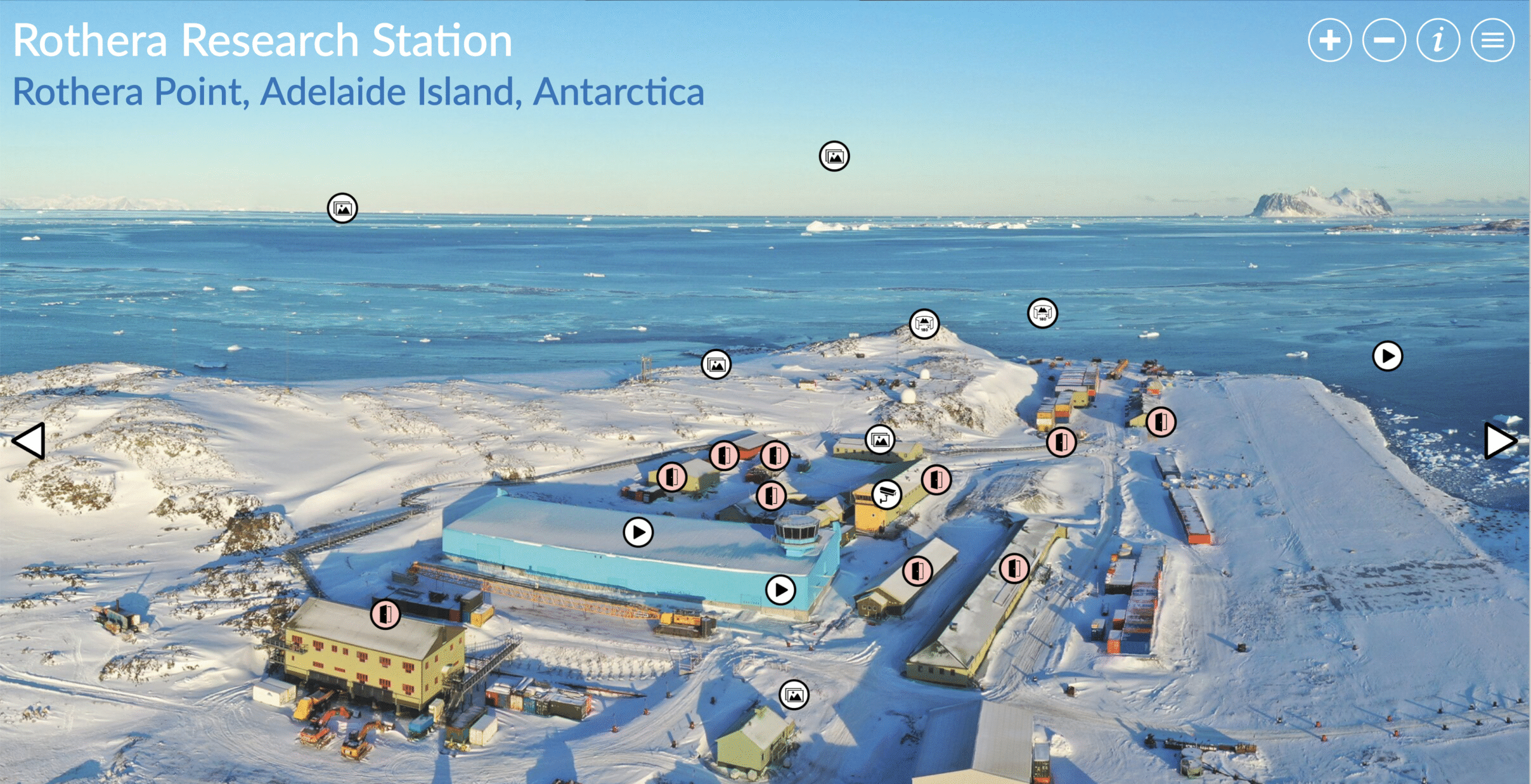
To get you started, can you find the items below? (Clue – you’ll find them all in New Brunswick House…)
